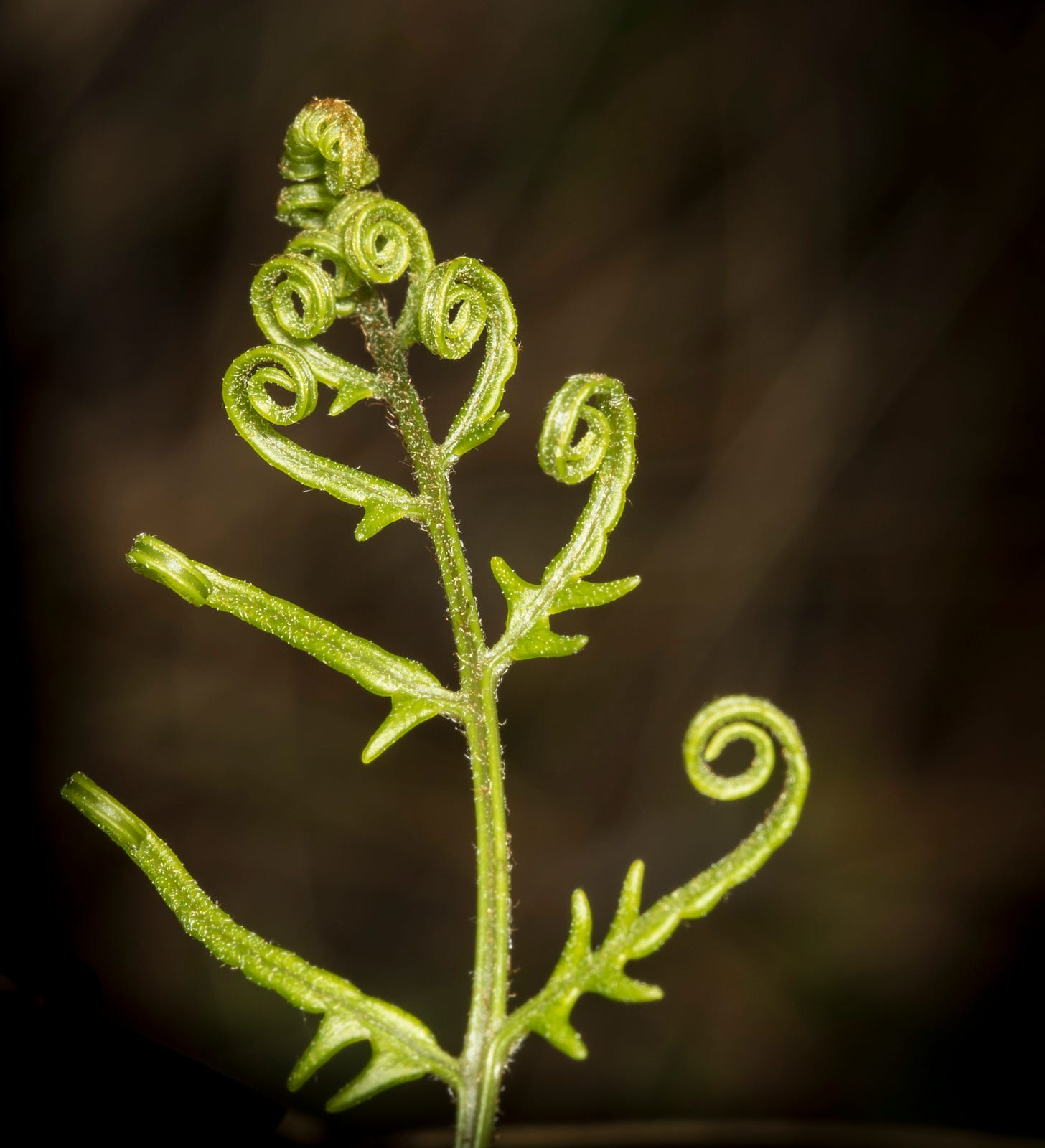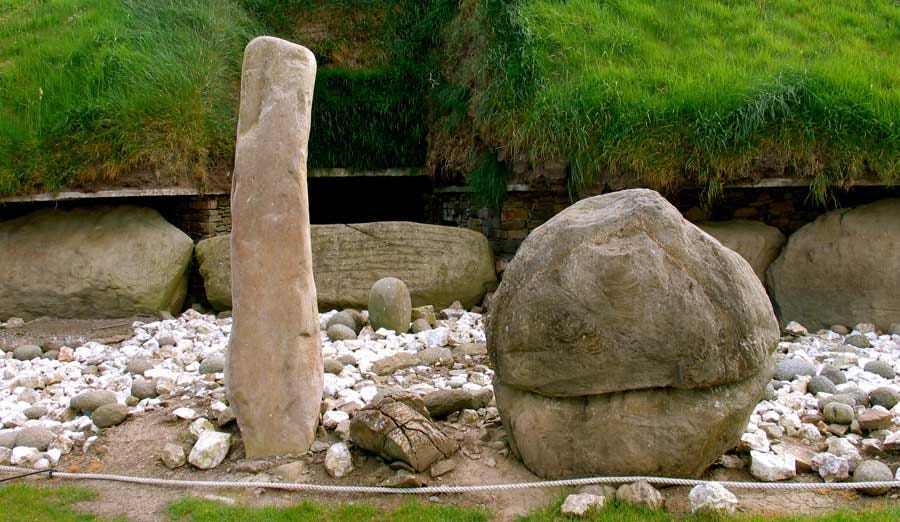Our soul’s desires, seeded and sparked in Winter,
shaped and clarified at Imbolc,
are now gathering potency,
preparing to bloom at Bealtaine.
-Mari Kennedy
As our journey around the ancient Celtic Wheel continues, we have completed winter’s rest and dream space and now are leaving Imbolc’s time of tender beginnings. Our days (north of the equator) are longer and brighter, and we find ourselves at the Spring Equinox, the next major time-marker of the Wheel.
Astronomically, equinoxes occur at the point in the Earth’s orbit when the Sun appears directly over the equator (twice a year, near March 20 and September 21). On these days, the Sun is above the horizon for the same amount of time as it is below the horizon, so we experience near equal (12) hours of daylight and darkness. (Equinox is Latin for “equal night.”)
For many, the Spring Equinox signals the beginning of the spring season; however, in Celtic lore it is the midpoint of Spring as it falls between the cross-quarter holidays of Imbolc in February and Bealtaine in May. The astronomical date for 2025’s vernal equinox is March 20, 5:01 AM Eastern.

Related Celtic Mythology (?)
While there is little evidence of a specific god or goddess of spring in the Celtic tradition, the energy of Brigid abounds at this time of year. At Imbolc, we met the triple-goddess Brigid, so named because she was a mother, a daughter, and a spouse to the gods, thereby fulfilling all the roles of the Divine Female. She was also the goddess of fire and water, two energies of creation. At the Spring Equinox, she symbolizes the fecundity of the earth and is preparing to transition from maiden- to motherhood in May.
The god Lugh (from the Gallic god Lugos) personifies the Divine Male, or Samos part of the Celtic Wheel. Some images depict him with three heads or faces, or as a triune deity (fancy for triple-god). Lugh embodied light and dark as he was a god of light (sun god) and intellect, and a god of industry and art. He was not only a warrior, but also a smith, poet, magician, and harpist. He embodied the apparent opposite attributes of might and muse, action and reflection, masculine and feminine.
Although Lugh’s “time” on the calendar occurs during Samos (his harvest festival Lughnasa is a cross-quarter holiday in August), his light and strength are returning at this time of year. Traditionally, to be a true ruler, each king had to marry the local earth goddess to ensure the fertility of the land. In myth, Lugh was married to the goddess Buí, an aspect of the earth goddess, the Cailleach (the crone). She represented sovereignty, or the land. As Otherworld deities, Lugh and Bui entered the prototypical Sacred Marriage. With their union the prosperity of the people was ensured by protecting the health of the fields, forests, rivers and streams.

One of the largest passage mounds in Ireland, Knowth is known in Irish mythology as Cnoc Bui, necropolis home to the goddess Buí. Knowth is one of three massive neolithic monuments in the Boyne River Valley (the others being Newgrange and Dowth). Used for at least three centuries between 3,200-2,900 BCE, it is believed that Knowth represents Marriage, and that the pair of standing stones positioned outside the West entrance represents Lugh and Buí. (Newgrange is Birth and Dowth is Death.)
The Energies of Spring Equinox
This mid-Spring festival marks a quickening of life,
as the energies stirred at Imbolc now rise with fresh vitality.
Roots deepen, stems strengthen,
and the pulse of ‘neart’—that life force of the soul—is building.
-Mari Kennedy
When our thoughts turn to spring, we often picture daffodils, budding leaves on trees, and birds building their nests. If we look closely at Nature, we’ll see early plants and flowers pushing through dead leaves. Daylight is rapidly increasing, and our sun feels warmer, but the air is still cool. Early bloomers must be hearty enough to withstand a late snowstorm or heavy rains. The bright half of the cycle (Samos) is rising, but on equal footing with the dark half of the cycle (Giamos) at this time of year.
The Deeper Meaning of Spring Equinox
The Spring Equinox holds what my teacher Mari Kennedy calls the “creative tension of opposites.” As we can see in the Wheel, the Celts deeply honored the polarities of feminine and masculine, darkness and light, and water and fire of the natural world.
At the Spring Equinox, we are in the final weeks of Giamos. For the last six months of the Wheel, the principle of the receptive feminine has been dominant in Nature (releasing, descending, resting, dreaming). At Bealtaine in May, we move into Samos where the active masculine principle presides (growing, ascending, producing, harvesting).
The beginning of the Celtic Wheel in late Autumn is the time of the Divine Feminine. The new year, or full creation cycle, starts as we shed the old and descend into the darkness, or the womb. As we move around the Wheel, we rest and renew in dreamtime, then choose the dream(s) we want to realize and prepare for action.
We are acculturated to the masculine principle of doing, achieving, and producing. But the feminine principle is integral to the creation cycle; before anything is brought into being, it is first an idea, a dream. These opposing forces, this duality, this yin/yang, this feminine/masculine are interconnected, and they co-arise. It goes against Nature to inhabit just one polarity or ignore one completely when its opposite begins to ascend. They are always in dynamic play, and they converge at the equinox.
Honoring the Time of Spring Equinox
At the Spring Equinox, we are meant to hold the creative tension. It’s not easy at first. It requires tolerance for the intensity between the opposites, and we often opt for comfort and certainty. The tension is between the masculine and the feminine, between racing ahead and standing still, between our dreams and the fears we have in pursuing them. What if it doesn’t work? I’m afraid xyz will happen. I’m afraid xyz won’t happen. What if I fail?
At this point we are not just balancing but integrating our hopes and fears - hopes that our dreams will materialize and fears that they won’t. If we give in to our fears, the dreams will crumble from lack of support. We’re not watering our seedlings. If we focus too much on what we want, we become inflexible and miss the cues that would help us adjust how we’re caring for our dreams. We’re drowning our seedlings. It is our job to protect, care for, and tend to our dreams. When we can hold the tension of our desires and our fears, we are more resilient, and our dreams have a better chance of coming to fruition.
The interplay of opposing forces,
the pull and the push,
creates the tension needed to birth something new.
A third thing
A higher expression
This is the creative force of nature in Spring.
-Mari Kennedy
As we recognize and honor the natural creation cycles, we understand that the energies of the Spring Equinox occur whenever we feel the creative tension of the opposites that accompanies forward movement. We acknowledge both our fears and our hopes, dreams and despair. We are neither holding back nor racing to make something happen. Rather, we are continuing to support and strengthen our dreams, slowly building, allowing them to root down, then bud out like the leaves in the spring.
Over the next six weeks, notice this light/dark dance around and within you. To help align you with these energies, ask yourself:
How can I best support my seedling/dream moving forward?
What fears or resistance are keeping me from taking action?
Do I inhabit one polarity more than the other? (rational/creative, fast/slow, productive/contemplative) How does that impact my life?
How might I hold creative tension more easily to honor the opposites?
Written March 2025.







